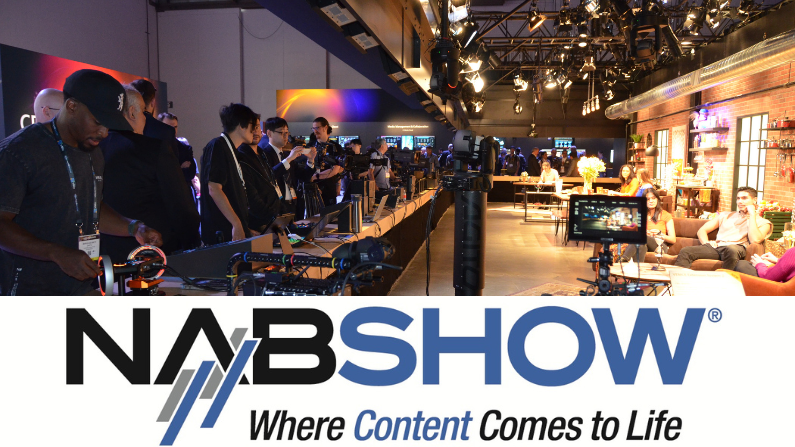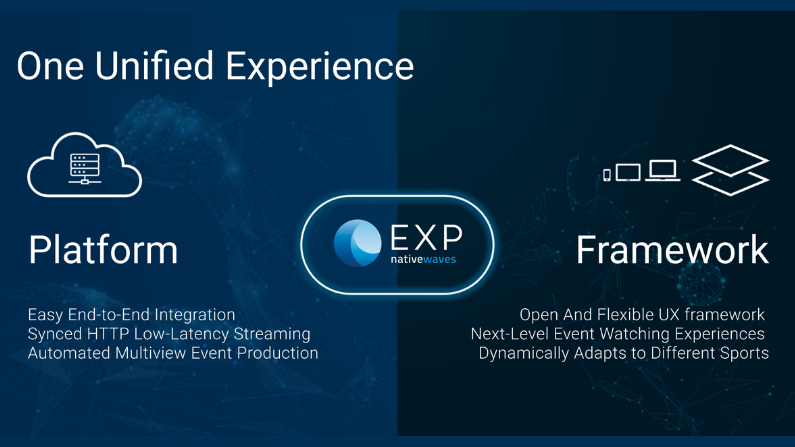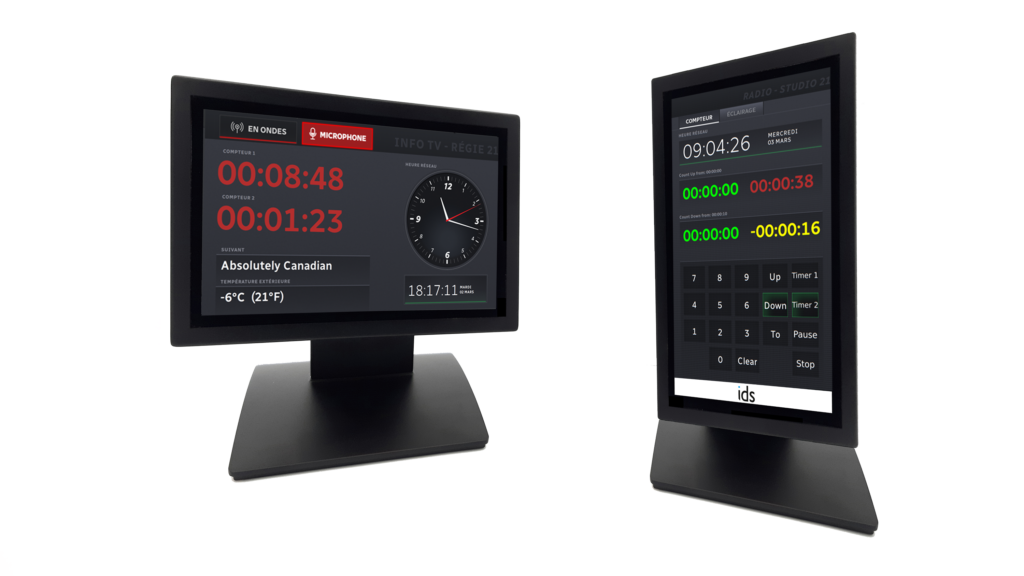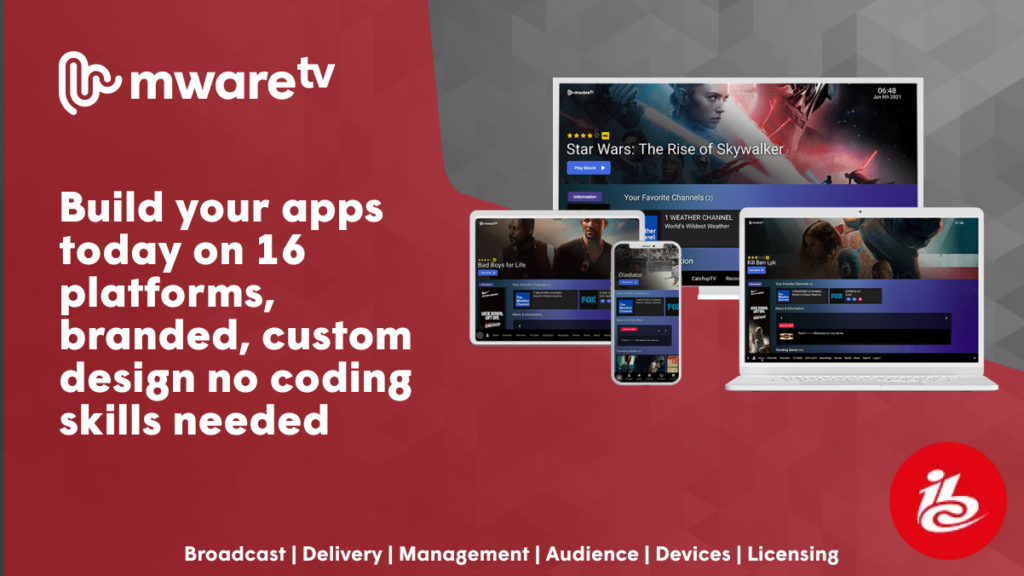Chyron – Exploring cloud vs. hardware solutions: addressing customer needs and financial considerations

By Chyron VP of Marketing Carol Bettencourt, Senior Product Marketing Manager; Hayes Stamper, Director of Product Marketing; Dan Macdonald; and Chyron LIVE Operations Specialist and Rochester Sports Network Founder Daniel Higgins
In the world of modern content production, the choice between cloud-based solutions and traditional hardware solutions has become increasingly critical. This is a question that Chyron has tackled along with customers and prospective customers, gaining insight into common assumptions, requirements, and opportunities with regard to cloud-based solutions for live production.
Assessing fundamental considerations
Any business that’s looking at moving from a conventional hardware-based model to the cloud for live production benefits from examining the entire equation to understand what that shift can mean for the work they’re doing now and how it might shape their future opportunities.
Key aspects of this shift that are important to consider include the move from capital expenditures (CapEx) to operational expenditures (OpEx) and related business implications. The move to an hourly subscription model for a cloud-based live production platform eliminates the historical barrier to entry to high-end production value within live production and broadcast, which can be hundreds of thousands of dollars for hardware deployments. Enhanced production value can in turn bring an increase in revenue.
With access to multi-camera switching, real CG-grade graphics that fluidly animate, and telestration, it’s possible to build rich, visually compelling scenes with graphics that are prime real estate for advertisers. By telling a story and analyzing plays the way sports fans want and expect, a broadcaster can make a case to sponsors to pay for ad space in goal graphics, a replay transition, or a sponsored player of the game graphic, for example. A high level of visual quality can also convince viewers to pay a subscription to watch the live coverage and helps to build a loyal audience — and more eyes for those ads — at a fraction of the cost of a traditional production.
One way to better understand cloud-based production is to liken it to transportation. Buying a vehicle involves a fixed cost that’s typically significant and heavy up front. But if the car doesn’t get used every day, or even every week, then renting might be a better option. Even then, however, it’s still a fixed cost per day or per week. But move on to a Lyft or Uber model, where costs are incurred only when the wheels are moving, and the car is available whenever and wherever it’s needed, and things get interesting. No need to pay for gas, for maintenance and upkeep, insurance, and so on.
For organizations looking to stream one or two live events a week — and without the resources to build a traditional control room — a cloud platform presents an appealing opportunity. Whereas a production facility or control room requires up-front investment that can take years to accumulate, and then ongoing infrastructure and maintenance costs, production by the hour delivers instant access to current tools, with a meter that only runs when the cloud-based service is in use.
This kind of flexibility has never really been available to the broadcast production world until cloud-based solutions and SaaS business models came along. And now the flexibility and scalability introduced by the low-OpEx on-demand model can be united with higher production values and distributed workflows that allow companies to tap into a larger collaborative talent pool to capture revenue in ways that simply weren’t possible before. One instance supports all the roles needed for a particular live production: the TD, video playback, audio mixing, replays, telestration, and even commentary. In addition to removing geographic constraints and reducing travel and associated costs, this model opens up fresh opportunities for remote collaboration throughout the whole production spectrum.
Creating that ‘Eureka!’ moment
Communicating the value of this or any technology solution to buyers starts with showing up and having conversations. The value of listening cannot be underestimated in working to promote adoption of something new, whether that new thing is high-end broadcast (for people new to that) or the cloud (for high-end broadcasters new to it). Rather than make assumptions about what people think or what’s meaningful to them, it’s important to listen to their needs and their objections, and then to help them move forward with ideas about how to monetize their product.
In moving forward, “show, don’t tell” also can be a useful guideline for effective communication. When people can see the quality of output they get with cloud-based live production tools, for example, they immediately recognize that rather than compromise quality, they can collaborate in using professional-grade tools to boost production value. During a demo they realize that, working together in a real-time state — with full visibility — within the platform, multiple connected users can maintain that familiar magic of working as part of a control room team or production truck crew. Those are “eureka!” moments for prospective users.
Equally compelling, in many instances, is the realization that cloud-based workflows and their benefits are readily available to the competition. While the same old titling and switching systems might seem adequate, a glimpse at what’s possible (telestration! high-end motion graphics!) and the thought of a competitor enjoying affordable access to that standard of production can be significant motivators. At some point, all of a sudden, people who think that their content is good enough without bringing it to the next level will find that other videos look better than theirs and can be monetized in more ways, and more effectively. In a larger sense, it’s about shifting the focus from getting content on air for as little as possible to thinking about the opportunity to grow the product and increase its capacity to drive revenue.
Aligning business models with evolving customer needs
The rise of cloud-based services has brought with it new business models, for broadcasters and the technology suppliers delivering various services and solutions. As with conventional hardware-based projects and installations, the requirements for cloud-based implementations and workflows for any given business will differ — and suppliers are finding they must adapt accordingly.
Chyron works with customers ranging from the largest sports networks to production teams with just a few staff members or volunteers. While all of these customers can benefit from a cloud-based live production platform, they work with it very differently. Though they both take advantage of professional-grade graphics tools, their operations and business models look nothing alike. The hourly pricing model for a small team that produces a couple of live events each week doesn’t actually add up for a much larger sports production outfit logging a massive number of hours over dozens and dozens of competitions. While the smaller production team may simply need to minimize overall cost, a university sports production team may need to align costs with a specific budget tied to a season or academic year. In both cases, we speak with customers individually and identify, and sometimes help shape, the business models and pricing structures that make sense for them.
By taking a consultative approach and addressing customers’ concerns and requirements, technology suppliers can help prospective buyers make informed decisions regarding cloud and hardware solutions. They can communicate the benefits and costs of each approach, helping broadcasters and other content creators to find a solution that aligns with their current reality and with their long-term vision for their business.





